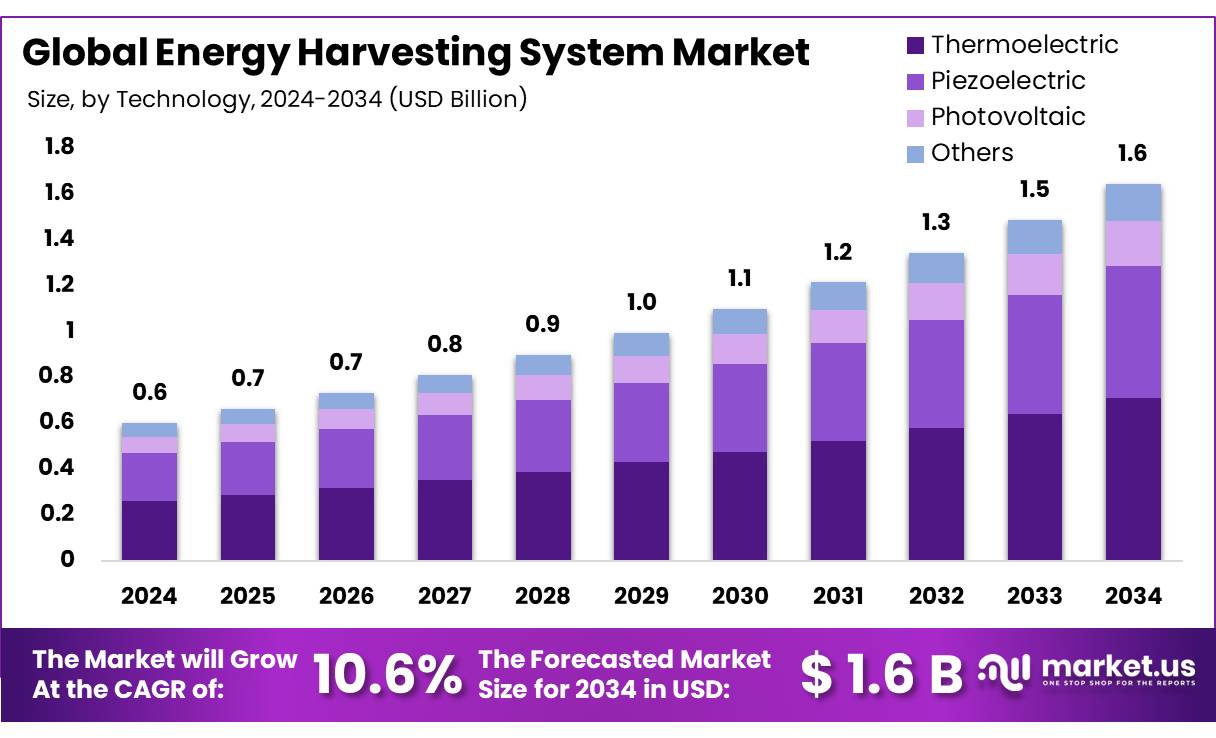Nanoparticles like silica, alumina, and silicon open new possibilities in coatings, composites, and electronics.
#Nanoparticles #Nanotechnology #AdvancedMaterials
www.advancedceramics.co.uk
#Nanoparticles #Nanotechnology #AdvancedMaterials
www.advancedceramics.co.uk
Nanoparticles like silica, alumina, and silicon open new possibilities in coatings, composites, and electronics.
#Nanoparticles #Nanotechnology #AdvancedMaterials
👉 www.advancedceramics.co.uk
0 Yorumlar
·0 hisse senetleri
·15 Views
·0 önizleme










